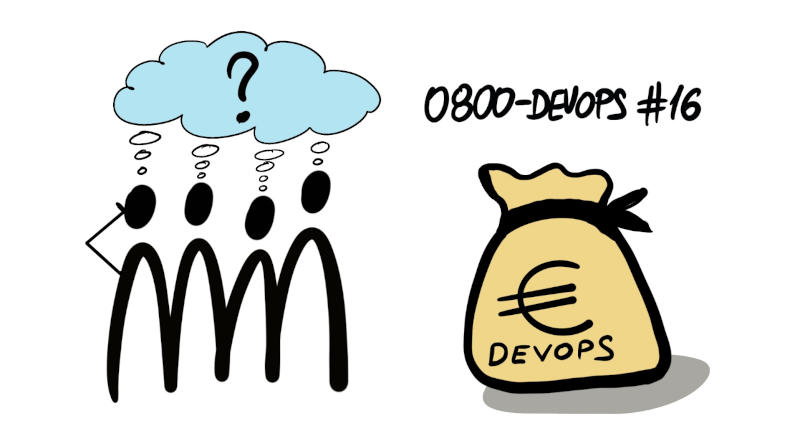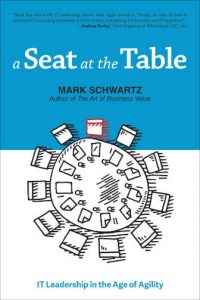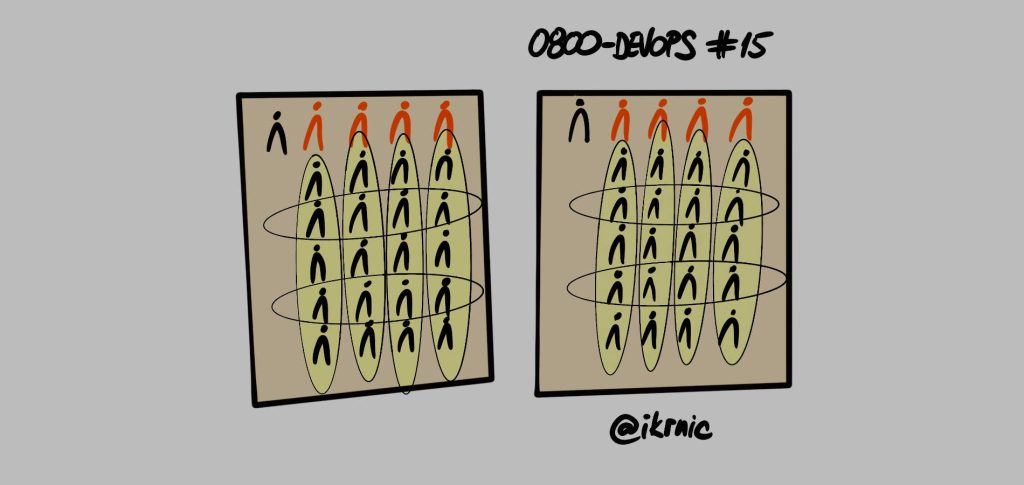Check out our newsletter archive. If you like 0800-DEVOPS, please share the good vibe and forward this article to your friends. Thanks, you rock!
Or you can just sign-up here.
The Value Of DevOps Transformations
I had an interesting conversation recently whether development aimed for a cloud-native platform would be cheaper or more expensive than traditional one aimed for deployments on traditional application servers in VMs.
As much as we were all aware that we were comparing oranges and apples, we explored this topic deeper just to see where the conversation would get us. Recognizing costs and benefits was easy. But quantifying anything other than platform licenses proved very difficult. Even quantifying licenses was mind-blowing when considering the public cloud.
As luck would have it, a couple of weeks later, I stumbled upon a paper by Dr. Nicole Forsgren, Jez Humble, and Gene Kim that explores forecasting the value of DevOps transformations. In this paper, authors of popular State Of DevOps Report use insights and metrics from the report to model ROI calculation of DevOps transformation, taking into account value-generating and cost-saving components.

More specifically, authors suggest that value gained from the transformation can be broken down to Value of Work Avoided (time recovered through automation and process optimizations), Value of New Features (new revenue streams created in time recovered) and Cost of Avoided Downtime (downtimes avoided by improving system resilience).
This value can be stacked up against transformation costs such as acquiring technology, training, decreased productivity while embracing new technology, consulting services, etc…
What is great about this paper is the fine-grained breakdown of gained value, as well as sample calculations based on realistic numbers from the industry. Although your mileage may vary, this paper is a great start for C-level discussions when considering DevOps transformation.
Riding with the Queen
Tanya Janca, also known as SheHacksPurple, is a super kind person bringing a security focus to DevOps movement. After working for the government and Microsoft, Tanya is now focused on consulting and education. She even runs an OWASP chapter! I talked with Tanya about security in the cloud and how does one go about making teams more sensible to security issues. Take a look at our conversation, I found so many good ideas here.
—“Riding with the Queen/King” is our series featuring short interviews with super interesting people from the field of technology.
Hand picked
+ Stack Overflow published results of its latest 2020 Developer Survey! Almost 80% of respondents believe that DevOps is important. Site reliability engineers and DevOps specialists remain among the highest-paid individual contributor roles. That explains the proliferation of DevOps-* roles, who wouldn’t want to make more money just by changing their role name On the flipside, DevOps remains the area with low representation from women. Sadly, DevOps specialists are 25-30 times more likely to be men than women.
+ Governance became a dreaded word in the cloud age. With all the tools supporting and encouraging fast-pace development and innovation, governance (and compliance) are seen as bureaucrats and bad cops living in their own world detached from reality. Governance is inherently good but not the way it was designed 20 years ago. Mark Schwartz explains how good governance acts as enabling constraints and guardrails helping organizations innovate and build better products. The article also has a sequel where Mark is exploring how organizations should control the risk. “If you are a CFO or on a steering committee deciding whether to invest in an initiative, you should ask: How small and fast will our deliveries be? How will those deliveries be used to learn from and adjust plans? How will early deliveries mitigate the risk of later deliveries?”
+ Why do good technicals end up as lousy managers? Why are super-interesting people reluctant to give conference talks? With so much going on in our work and private lives, we are more than ever relying on our inner autopilots. Therefore, it’s useful to stay aware of all the blind spots and prewired connections (a.k.a. cognitive biases) in our brains that influence our decision-making process.
+ Bilgin Ibryam is summarizing Top 10 must-know Kubernetes design patterns. Get your bearings here before exploring patterns such as Init Container, Sidecar, and Stateful Service that make up Kubernetes vocabulary.
+ Good people from Snyk are sharing a cheat sheet with 10 Serverless security best practices. A one-pager to consult during code reviews and a solid backlog for improving your development skills.
Read with us
A Seat at the Table: IT Leadership in the Age of Agility
In this book, Mark explores the role of a classical CIO in the turmoil of agile transformation. How do agile practices influence typical activities in CIO’s life such as planning, requirements, enterprise architecture, governance, risk, and quality to name some?
Helpful for all CIOs but I would say even more helpful for coaches and consultants to practice empathy and better understand how it’s like to “walk in CIO’s shoes”.
Also, a great read for consolidating our understanding of Agile, Lean, and DevOps culture..
Quote of the Day

Is it possible do reduce Agile, Lean and DevOps to a single paragraph? It seems so…
“Agile thinking simply says that we should empower small teams to inspect and adapt rather than stick to a plan. Lean thinking gives that small team ways to speed up its inspecting and adapting process to maximize its impact. Continuous Delivery and DevOps place the entire value stream in the hands of that small team so that it can “optimize the whole” (a term of art in Lean thinking) and be empowered as a team to own the entire value delivery process.”
—Mark Schwartz, Enterprise Strategist at AWS

Office hours with 0800-DEVOPS
Folks, we’re adding new timeslots for anyone to book casual private time with our 0800-DEVOPS team and discuss DevOps and other related topics -> NO strings attached!
You just click’n’pick a timeslot that best suits you and we’ll do the rest….let’s just have a casual chat on interesting topics!
Check out our newsletter archive. If you like 0800-DEVOPS, please share the good vibe and forward this article to your friends. Thanks, you rock!
Or you can just sign-up here.




